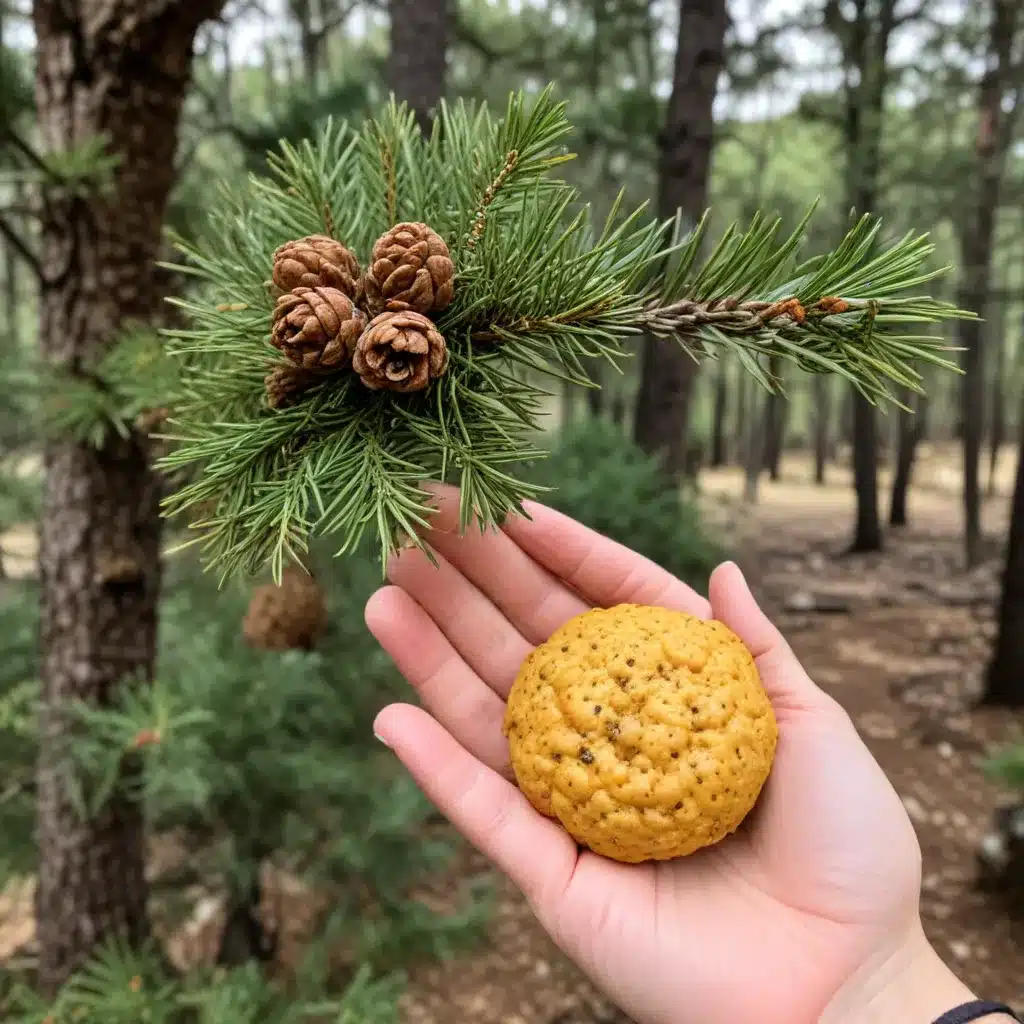
Lush forests, rushing creeks, and vibrant wildflowers—the trails of Crooked Pines Farm are a feast for the senses. As you wander along the nature trails, the sights, sounds, and scents of the changing seasons inspire curiosity and wonder. But did you know that these trails also offer a bounty of edible delights?
Join us on an adventure as we explore the wild, flavorful treasures that can be found along the Crooked Pines Nature Trail. From foraging for berries to identifying medicinal plants, there’s a whole world of culinary and herbal riches just waiting to be discovered.
Hiking the Crooked Pines Nature Trail
Lace up your boots and get ready to hit the trails! The Crooked Pines Nature Trail network winds through 50 acres of diverse ecosystems, from towering conifer forests to lush riparian zones. Whether you’re looking for a family-friendly hike or a more challenging trek, there’s a trail to suit every ability level.
As you meander through the tranquil woods, keep your eyes peeled for signs of wildlife. Deer, coyotes, and a variety of bird species are commonly spotted. And if you’re lucky, you might even catch a glimpse of a majestic bald eagle soaring overhead.
The terrain varies throughout the trail system, offering both gentle, meandering paths and more rugged, steep sections. Prepare for encounters with fallen logs, exposed roots, and uneven ground. Sturdy, water-resistant hiking boots are a must, and trekking poles can be a valuable aid on the more challenging trails.
Foraging for Edible Delights
One of the true joys of hiking the Crooked Pines Nature Trail is the opportunity to forage for edible wild plants. Whether you’re an experienced forager or a curious beginner, these trails are a treasure trove of culinary and medicinal wonders.
Before you set out, it’s crucial to familiarize yourself with the identification and safety of the local flora. Many plants can be toxic if consumed, so proper knowledge is essential. Consult field guides, take a foraging workshop, or connect with a local expert to ensure you can confidently and safely identify any potential edibles.
Some of the delectable wild treats you might encounter include:
- Salmonberries: These tart, raspberry-like berries thrive in moist, shaded areas along the trails. They can be enjoyed raw or used in jams, syrups, and baked goods.
- Stinging Nettles: While the fresh leaves may sting, these nutrient-dense greens can be safely cooked and enjoyed as a tasty, spinach-like vegetable.
- Fiddleheads: The young, tightly coiled fronds of the ostrich fern are a springtime delicacy, with a flavor reminiscent of asparagus.
- Serviceberries: Also known as saskatoons, these sweet, blueberry-like fruits are a favorite of birds and humans alike.
Take care to only harvest a small portion of any plant you find, leaving the rest to flourish. And be mindful of the seasonal availability of different edibles—some may only be in their prime for a short window of time.
Preserving the Harvest
Once you’ve foraged your bounty, it’s time to get creative in the kitchen! Drying, canning, and freezing are excellent ways to enjoy your wild edibles year-round. Dehydrate berries and greens for nutrient-dense snacks, or preserve them in jams, compotes, and sauces.
For a truly special treat, try your hand at wild plant-infused vinegars or oils. Nettle, dandelion, and chickweed all make delicious and nourishing additions to your pantry.
Sharing the Crooked Pines Experience
Foraging and exploring the Crooked Pines Nature Trail is a fantastic way to connect with the natural world and instill a sense of wonder in your little ones. Encourage your kids to engage their senses, feel the textures of leaves and bark, and listen for the calls of birds and rustling of small creatures.
During your hikes, point out the different plant life stages and encourage your children to observe how the landscape changes with the seasons. Engage them in hands-on nature learning activities, like collecting leaves or making bark rubbings.
At the end of your adventure, gather around the table and enjoy a farm-to-table feast featuring your foraged finds. Share stories of your discoveries, and talk about the nutritional and medicinal properties of the plants you encountered. It’s a wonderful way to cultivate a deeper appreciation for the natural abundance that surrounds us.
Seasonal Highlights on the Crooked Pines Nature Trail
Each season on the Crooked Pines Nature Trail brings its own unique sights, sounds, and flavors. In early spring, catch the first blush of wildflowers like trillium and wild ginger as they emerge from the forest floor. As the weather warms, look for the tender, edible fiddleheads of the ostrich fern.
Summer is the prime time for berry foraging, with salmonberries, serviceberries, and thimbleberries all reaching peak ripeness. Keep an eye out for the vibrant red stems of red-osier dogwood, a striking addition to any floral arrangement.
As autumn approaches, the forest canopy erupts in a dazzling display of fall foliage. This is the perfect season to gather rose hips for their high vitamin C content, or to spot the striking blue-green fronds of the male fern.
Even in the depths of winter, the Crooked Pines Nature Trail has its charms. Look for the delicate evergreen leaves of plants like salal and Oregon grape, which can be used for seasonal decorations or herbal teas.
No matter the time of year, the Crooked Pines Nature Trail is a wellspring of natural wonder and culinary inspiration. So lace up your boots, grab your foraging basket, and get ready to discover the edible delights that await you on the trail.


